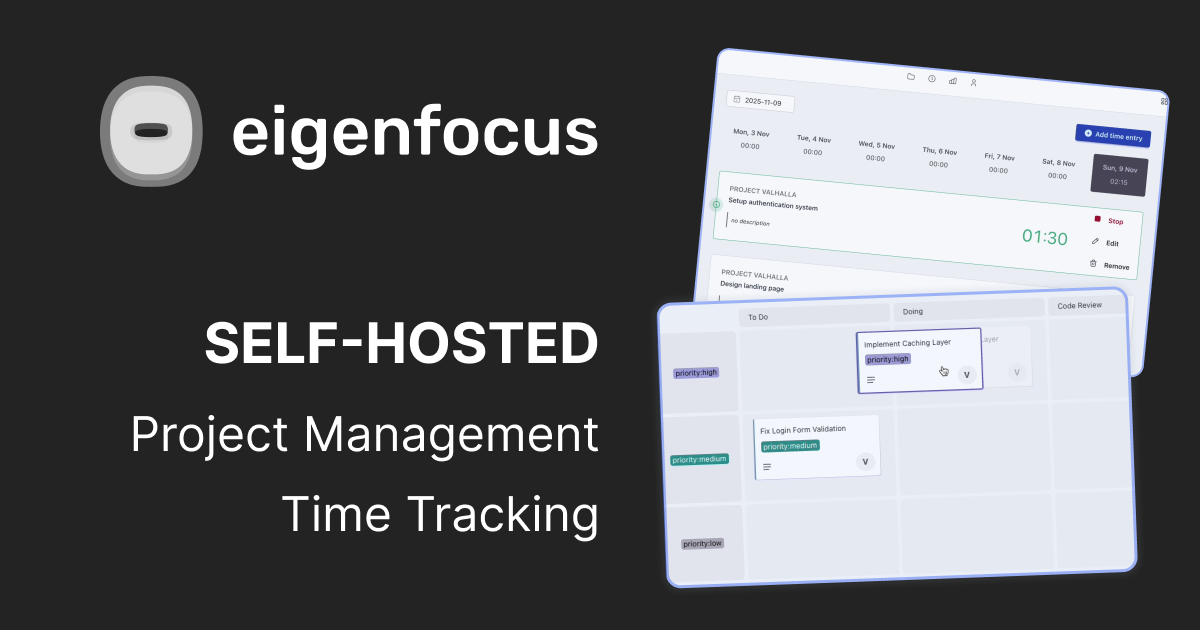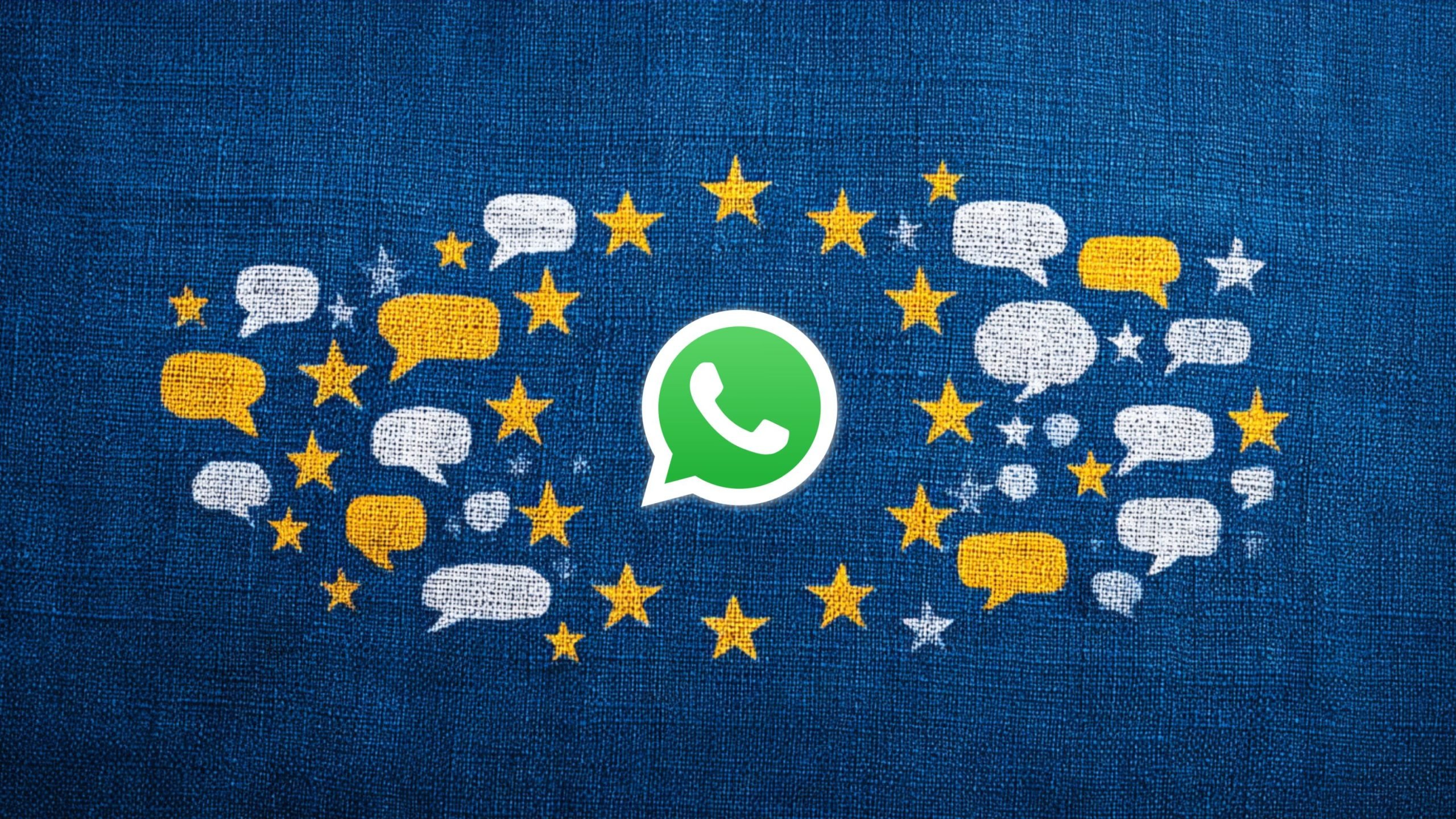A web app where anyone can draw pixels on a shared canvas in real-time. Other people see your pixels appear instantly, you can see their cursors moving around, and there's a chat to talk while drawing. No signup required—just visit and start drawing.
🚀 Live Demo | Built with Nautex AI by Ivan Makarov
It's like a shared whiteboard but with pixels. You can:
- Draw pixels one at a time (click to place)
- See other people drawing at the same time
- Watch their cursors move around
- Chat with everyone currently online
- Zoom and pan around a 5000x5000 pixel canvas
- Join anonymously - you get a random username
Built to explore real-time web tech (WebRTC for cursors/chat, WebSockets for pixel updates) and test if AI can build complex apps from specifications alone.
Frontend
- React + TypeScript - Component-based UI architecture
- PixiJS - High-performance WebGL canvas rendering
- Vite - Fast development and build tooling
- Tailwind CSS - Utility-first styling with dark/light themes
Backend
- Node.js + Express - RESTful API and WebSocket server
- MongoDB - Document database with append-only pixel history
- WebSocket (ws) - Real-time pixel broadcast with rate limiting
- Mongoose - MongoDB object modeling
Infrastructure
- Docker + docker-compose - Containerized service orchestration
- Caddy - Reverse proxy with automatic HTTPS
- WebRTC - Peer-to-peer data channels for cursors and chat
- Sentry - Error tracking and monitoring
This app was built by AI from start to finish. Here's how it worked:
-
Talked to Nautex AI chatbot about what I wanted to build
- It asked questions and gathered requirements
- Result: Initial specs for the app
-
Refined the specifications in the Nautex app
- Fixed gaps and added missing details
- Result: Complete PRD and TRD documents
-
Planned the file structure before any coding
- Mapped every file to specific requirements
- Result: Complete codebase blueprint
-
Created coding tasks broken into small chunks
- Each task linked to specific files and requirements
- Result: Step-by-step implementation plan
-
Exported everything and connected to Claude Code
- Used Nautex MCP for real-time sync
- Delivered to Claude:
-
Claude Code wrote all the code
- Followed the specifications exactly
- No architectural decisions needed - everything was pre-planned
- Result: Working app that matches the specs
What this approach gave us:
- App built exactly as specified - no surprises
- Tests included from the start
- Clean monorepo structure with shared types
- Smooth 60 FPS rendering with WebGL optimization
Two-channel approach: WebSockets for pixels (needs to be reliable), WebRTC for cursors/chat (needs to be fast)
Append-only pixels: Never delete pixel history, just track the latest one for each position
GPU rendering: PixiJS handles thousands of pixels smoothly, grid detail changes based on zoom level
No signup: Cookie-based sessions with random usernames - zero friction to start drawing
The application will be available at http://localhost:3000
- 5000x5000 pixel canvas with smooth zoom/pan
- See other people's pixels appear in <200ms
- Peer-to-peer chat (not stored on server)
- Live cursors showing where others are pointing
- Particle effects when pixels are placed
- Auto-reconnect if connection drops
- Works on mobile
- Dark/light theme toggle
- Debug panel for tweaking animations (dev mode)
.png)





